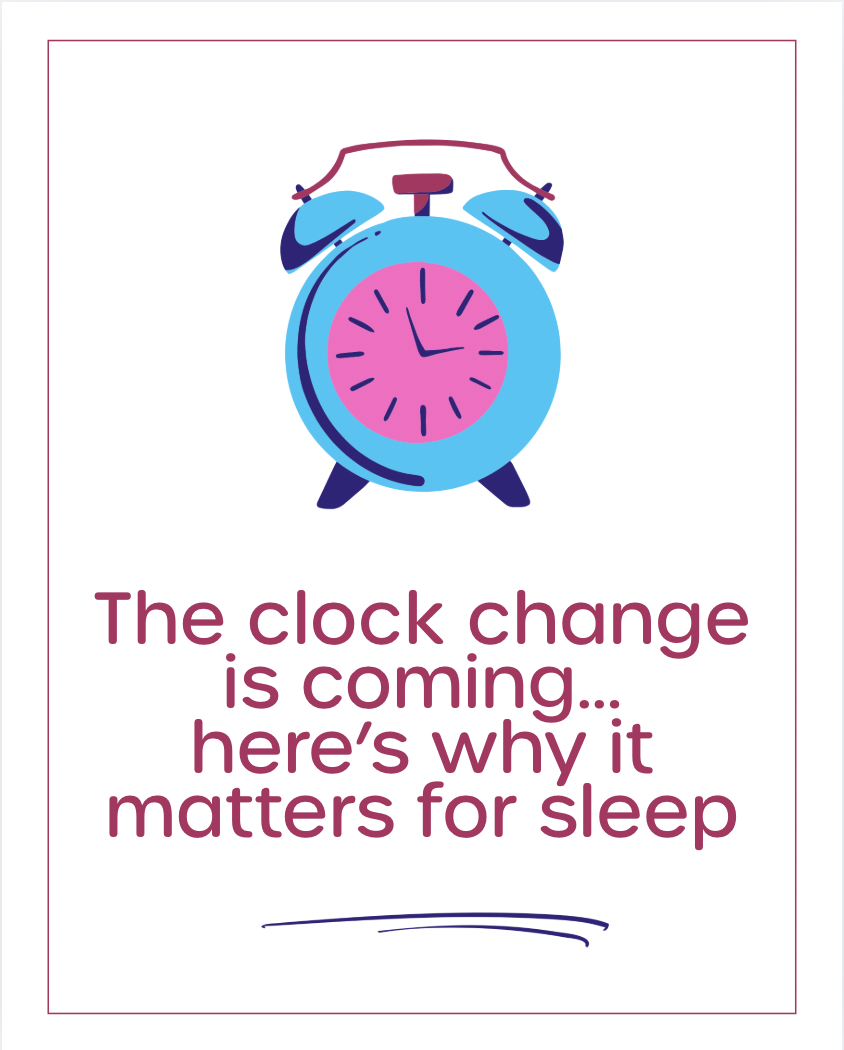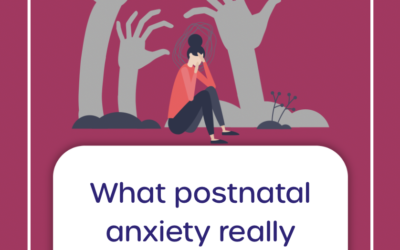How to handle earlier mornings, tired evenings and nap chaos with calm, gentle strategies.
Getting stressed about the autumn clock change and sleep seems to go hand in hand! When the clocks go back each autumn, most adults enjoy the idea of an extra hour in bed. But babies and toddlers do not get the memo. Their body clocks are ruled by light, hormones, and predictable routines, not by numbers on a phone.
That one-hour shift can lead to:
- Early morning wake-ups at what now feels like 5 a.m.
- Shorter naps or nap refusal
- Tired, tearful evenings
- Parents wondering where their peaceful nights have gone
The goal is not to fix sleep overnight but to guide your child’s body clock gently until it realigns with the new schedule.
Understanding Your Baby’s Body Clock
Human sleep is controlled by circadian rhythm – the 24-hour internal cycle that tells us when to wake, rest, eat, and sleep. In babies, this rhythm is sensitive to light exposure, timing of feeds, and consistency.
When daylight patterns change, hormones like melatonin (which helps the body feel sleepy) and cortisol (which promotes alertness) fall out of sync. It usually takes five to seven days for a young child’s system to catch up after the autumn clock change.
Knowing this removes the pressure to “solve” sleep instantly. Your job is to offer calm cues, predictable timing, and exposure to the right light at the right times.
A Gentle 3-Day Preparation Plan
Start shifting your baby’s schedule three days before the clocks go back. This gives their internal clock a head start.
| Day | What to Do | Example | Why It Works |
|---|---|---|---|
| Thursday | Move naps, meals and bedtime 15 minutes later | 7 p.m. → 7:15 p.m. | Begins gradual adjustment |
| Friday | Add another 15–20 minutes | 7:15 p.m. → 7:35 p.m. | Keeps rhythm predictable |
| Saturday | Calm bedtime 30–45 minutes later | 7:30 p.m. → 8 p.m. | Prepares for new time |
| Sunday | Clocks go back overnight | 7 p.m. (new time) | Feels normal again 🌿 |
If you miss the build-up, it’s fine. You can still apply the same small shifts after the change – it will just take a few days longer.
Creating a Calm Bedtime Routine
A calm environment helps your baby’s body release melatonin naturally. The bedtime routine does not have to be long or fancy – it just needs to be predictable.
Evening Flow:
- Warm bath or gentle wipe-down
- Dim lights throughout the house
- Quiet story or short song
- Feed or cuddle in a darkened room
- Repeat the same short phrase every night (“Sleep time now, Mummy’s here”)
If bedtime feels hectic, slow down instead of rushing. Children borrow our nervous system state; your calm becomes theirs.
Using Morning Light to Reset the Clock
Natural morning light is the most powerful tool for adjusting after the autumn clock change.
- Open curtains as soon as you wake up.
- Spend at least 10–15 minutes outdoors soon after sunrise, even on cloudy days.
- Keep lights low in the evening so the contrast between day and night stays clear.
For toddlers, try breakfast near a bright window or a short garden play before 9 a.m. This helps cortisol rise at the right time, which promotes better naps later.
How to Handle Early Morning Wakes
It’s common for babies to start the day earlier for a few mornings. Here’s how to ride it out calmly:
- Keep the room dark until your new target wake-up time.
- Avoid bright lights and noisy play before 6 a.m.
- Offer reassurance but minimal stimulation.
- If your baby is calm, try to resettle. If not, keep the atmosphere gentle until “morning” begins.
After a week, their body will recognise the new rhythm — especially if mornings stay bright and evenings stay dim.
Feeding and Nap Adjustments
During the autumn clock change, your baby’s appetite and nap cues might shift slightly.
Feeding:
Follow their hunger cues but start nudging feeds toward the new times in 15-minute steps. A baby who usually feeds at 7 a.m. may be hungry at 6 a.m. for a few days – that’s normal.
Naps:
Move naps gradually later, just like bedtime. Resist the urge to skip naps to “make them tired.” Overtired babies often wake even earlier.
Tips for Toddlers and Preschoolers
Toddlers can understand simple explanations. Involve them so the change feels predictable rather than confusing.
- Use a visual clock or a light that turns on at “morning time.”
- Talk about “our bodies catching up with the clocks.”
- Keep nap or quiet time consistent even if sleep does not happen.
- Offer calm play in the early mornings rather than TV or bright tablets.
Toddlers thrive on routine; keeping the rhythm steady helps their mood as much as their sleep.
Common Mistakes Parents Make
🚫 Changing everything at once – sudden one-hour jumps cause overtiredness.
🚫 Using bright screens before bed – blue light delays melatonin.
🚫 Letting bedtime drift later for too long – once the body clock resets, return to your usual schedule.
🚫 Panicking after one bad night – adjustment takes several days.
Calm consistency always beats control or perfection.
Realistic Expectations for the Week After the Clock Change
| Day After Change | What to Expect | What Helps |
|---|---|---|
| Day 1–2 | Earlier wakes, shorter naps | Keep mornings bright, evenings dim |
| Day 3–4 | Body clock adjusting | Stick to calm routines |
| Day 5–7 | Settling period | Praise calm behaviour and connection |
If things feel wobbly, remember that your baby is not “regressing” — they are recalibrating.
Extra Support: Free and Paid Resources
To make the autumn clock change easier, I’ve created two gentle resources:
Free Calm Clock Change Checklist
A printable 4-page guide that includes:
- 3-day step-by-step plan
- Evening and morning checklists
- Quick reassurance tips for tired mornings
Calm Clock Change Survival Toolkit (£5 or free in The Nest)
A detailed 10-page version used in my 1-to-1 work, including:
- FAQs on naps, feeds and early waking
- A calm evening toolkit
- Common pitfalls and printable fridge sheet
👉 [Get the full toolkit forhttps://stan.store/essentialparenting £5 or free in The Nest]
Join The Nest for Ongoing Guidance
If you’d like weekly reassurance and expert advice beyond the clock change, join The Nest, my gentle, expert-led WhatsApp community for parents.
Inside The Nest you’ll find:
Weekly toolkits on sleep, behaviour and development
Weekly detailed emails on the age and stage of your child
Live Q&As with me
Calm, non-judgemental conversation with parents who “get it”
Join The Nest today for just £1 until Monday, then £20 per month (cancel anytime).
Final Thoughts
The autumn clock change and baby sleep challenges are temporary. Within a week or two, your little one’s body will have adjusted and so will you.
Be patient, keep your routines predictable, and focus on calm connection over perfect timing. Your gentle presence is what helps your baby’s rhythm find its new balance.
You’ve got this.




0 Comments